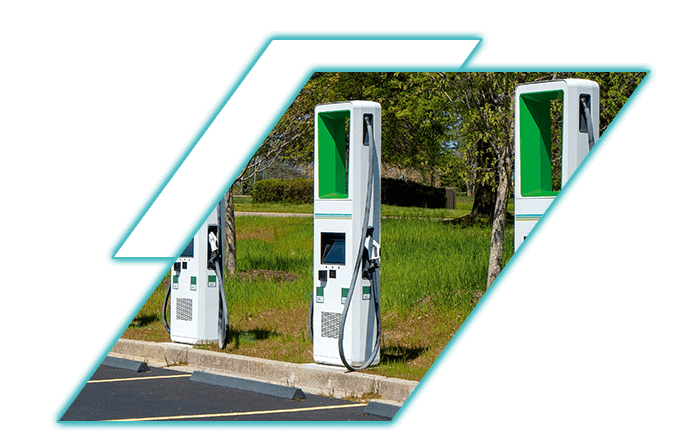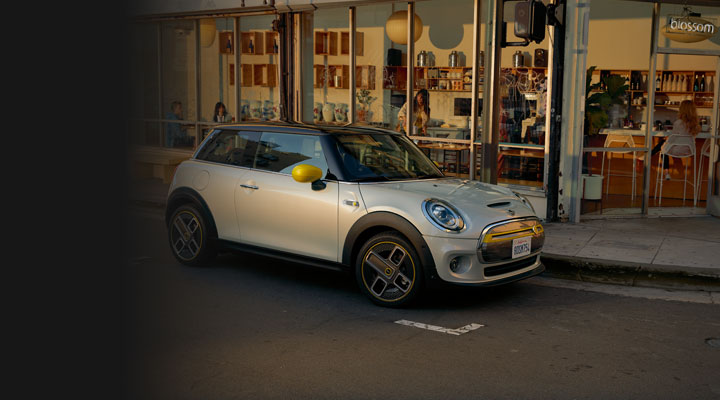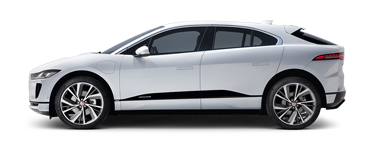This month at a glance
Welcome to May’s Industry Insights blog, your monthly summary of all the sector-specific updates which will help you optimise your fleet.
Read on for news on HMRC commuting guidance, how the Government have responded to the Lords’ EV inquiry and how Scotland is progressing on its road to net zero.


Latest figures on UK charging infrastructure
1,642
net new EV charging devices added to Zapmap database (991 slow, 336 fast, and 315 rapid and ultra-rapid)
11,924
rapid or ultra-rapid charging devices, across 5,287 locations in the UK
45%+
Zapmap reports a 45% YoY increase in chargers.

Government direction, policy and industry lobbying
Government responds to Lords’ inquiry report
In February, the Lords’ report called for the reintroduction of buyer incentives and improvement in charging infrastructure to accelerate the transition to electric vehicles. The Government has responded as follows:
- Call for reduction in VAT on public charging – “Expanding the VAT relief already available would impose additional pressure on the public finances to which VAT makes a significant contribution.”
- Call for reintroduction of incentives – “In June 2022, the Government published a public evaluation report, which highlighted that the Plug-in Car Grant was vital in building the early market for electric vehicles. It then had less of an effect on demand than other existing price incentives, such as company car tax.”
A further reason put forward by government points to an equalisation of costs between ICE and EV. “According to industry data, the purchase price premium of an EV – relative to an equivalent ICE – has dropped from around 50% in 2020 to around 40% in 2023. With battery costs reducing and continued innovation, some external forecasts predict that some EVs could be around the same price to purchase as a petrol or diesel car by the end of the 2020s.”
Scottish Government abandons 2030 climate goal
Scotland’s target of reducing greenhouse gas (GHG) emissions by 75% by 2030 has been abandoned, however, its commitment to achieving net-zero emissions by 2045 remains, with a suite of new policies on transport, including increasing the number of electric vehicle chargers, and land use.
Scotland is around halfway to net zero and has decarbonised faster than the UK average. In 2022, 87.9% of electricity generation was from zero or low carbon sources, nearly 63% of new woodlands in the UK were created in Scotland, and more than two million Scots are now eligible for free bus travel.
Scotland plans to install approximately 24,000 additional EV charge points by 2030, helping people reduce their reliance on cars, aiming for a 20% fall in their use by 2030.








